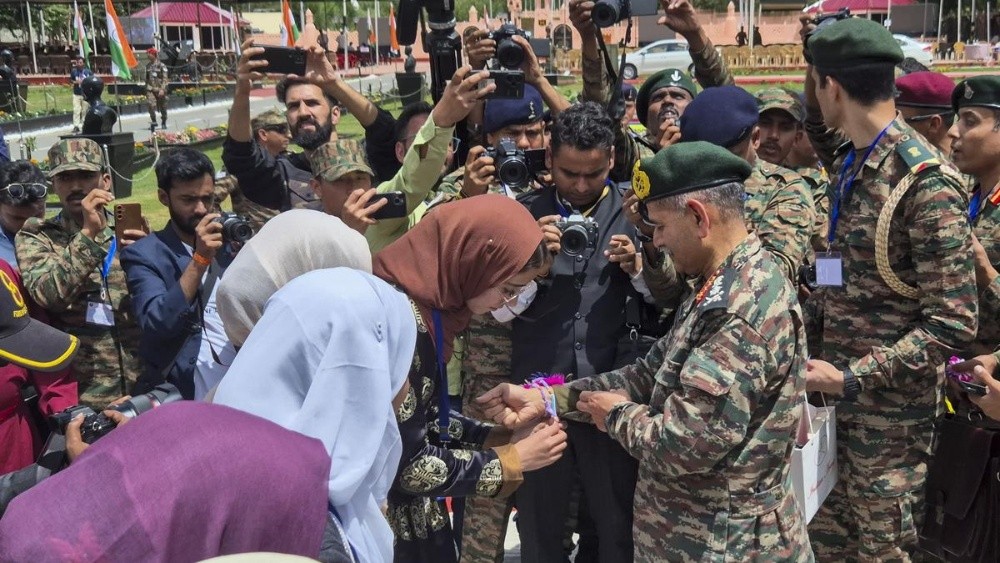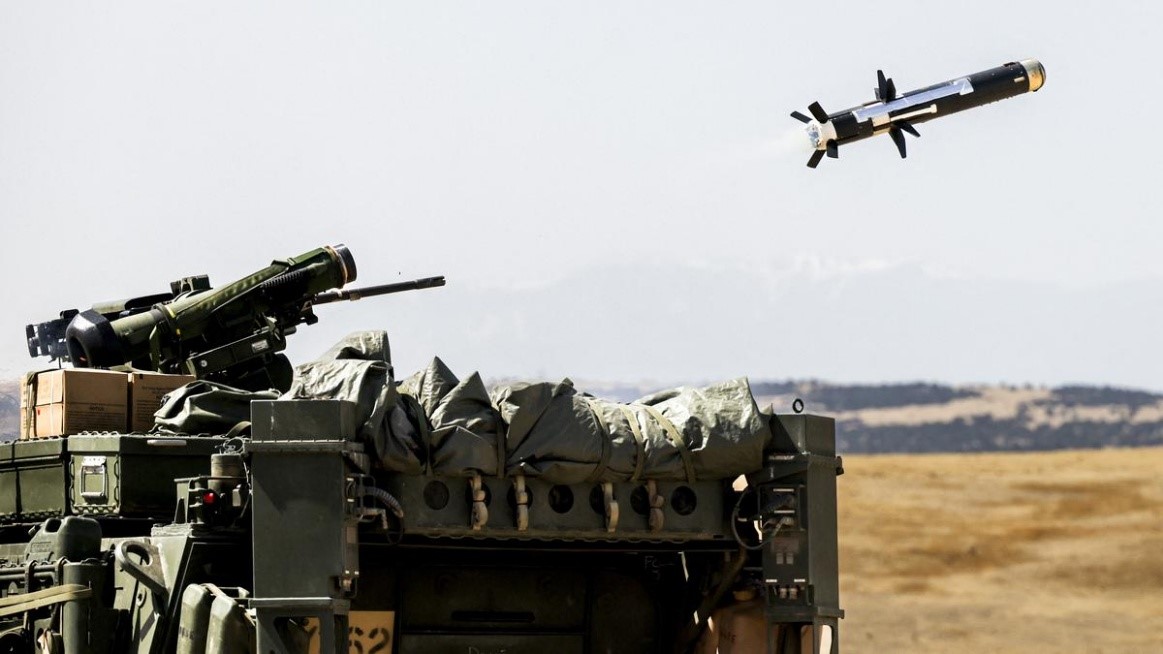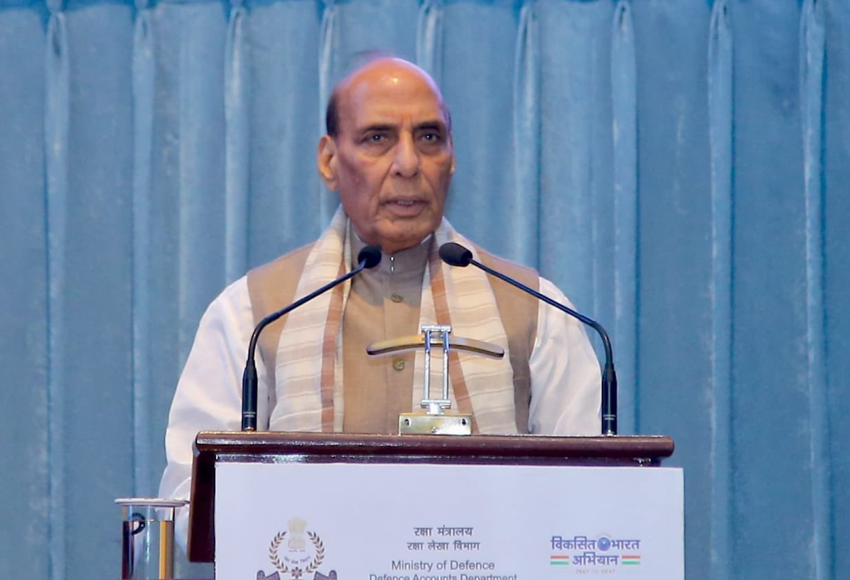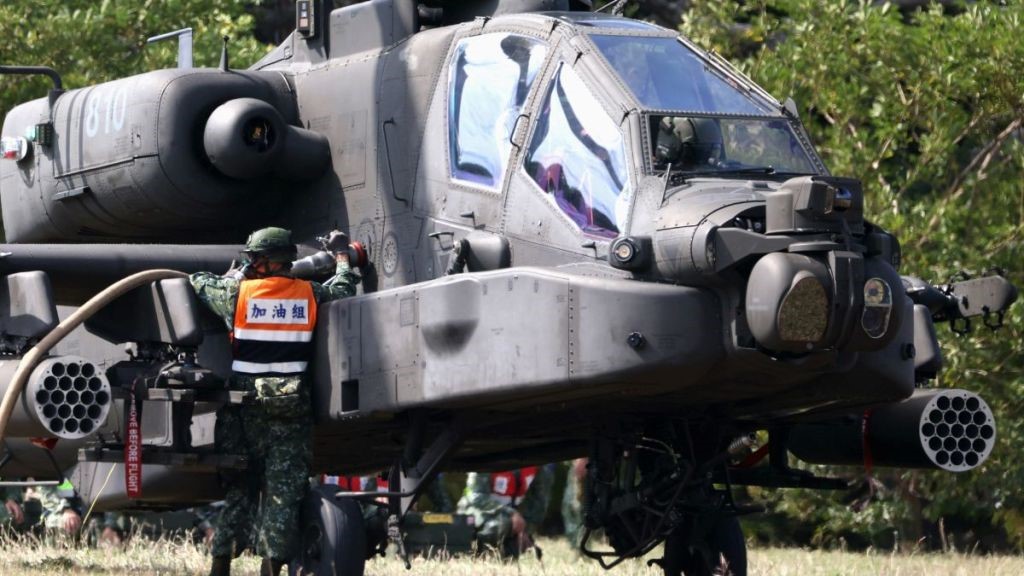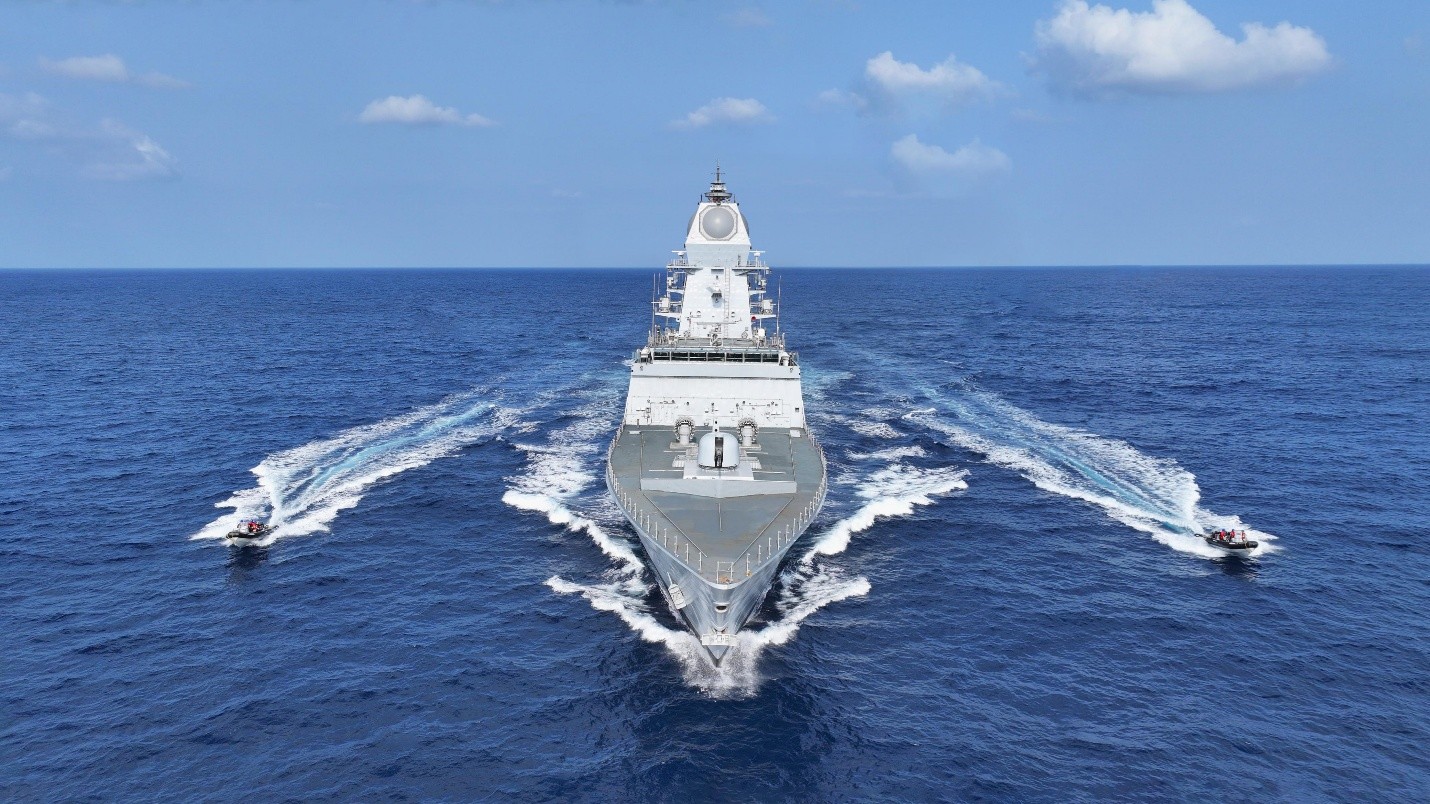Description
Disclaimer: Copyright infringement not intended.
Context:
Recently, taking the world by surprise, China unveiled a series of high-technology platforms establishing its technological supremacy.
What has China achieved in fighter jet technology?
China has built two fifth-generation fighters, the J-20 and J-35, making it the only country besides the US with more than one fifth-generation fighter.
It recently revealed two more stealth jets with a tailless configuration:
- Large delta wing design with three engines (probably for long range missions).
- A smaller twin-engine swept-wing jet aircraft.
- Videos of the planes, developed by Chengdu Aircraft Corporation and Shenyang Aircraft Corporation, have surfaced on social media, but no official confirmation has been provided.
- reports that China is rapidly approaching US-level technology, with a large fourth-generation fleet transitioning to fifth-generation capabilities.
How does the IAF compare to China?
- The Indian Air Force (IAF) currently has 31 fighter squadrons, well below their sanctioned strength of 42.
- India has no fifth-generation fighter under development that will be operational within the next decade.
- While the IAF is focusing on self-developed platforms such as the LCA-Mk1A, LCA-Mk2 and AMCA, their delivery times are delayed or uncertain.
- Two MiG-21 squadrons are still operational due to LCA-Mk1A delivery delays.
What is India's IAF modernization plan?
India plans to acquire more than 500 combat aircraft, mostly indigenously designed and built, with the following priorities:
- LCA-Mk1A: 83 on order (delivery delayed due to supply chain issues with GE-404 engines).
- LCA-Mk2: Development is expected to be completed by December 2027.
- AMCA (Advanced Medium Combat Aircraft): A fifth-generation fighter with a development timeline stretching into the next decade.
- MRFA (Multi-Role Fighter Aircraft): The purchase of 114 jets is being considered, which is expected to involve significant technology transfer.
What are the key challenges in the IAF's procurement plans?
Engine delivery delays:
- The GE-404 engines for the LCA-Mk1A were delayed due to supply chain issues related to COVID.
- Licensed production of GE F-414 engines is still under negotiation.
Aging fleet:
MiG-29s and Jaguars will begin phase-out in 2027-28, with Mirage-2000s and early Su-30MKIs being phased out by the early 2040s.
MRFA Project Delays:
- RFI issued in 2019; no significant progress has been made.
- Jets may not be available in significant numbers until the mid-1930s.
Dependence on foreign engines:
Despite plans for license manufacturing, India remains dependent on the US and France for critical aero engine parts.
What is India's strategy for aviation self-sufficiency?
- India aims to increase domestic production through HAL and DRDO initiatives.
Domestic production rate:
- 24 LCA jets per year, up to 30 per year once engine inventory stabilizes.
- Cooperation with France to jointly develop a 110KN engine for the AMCA Mk2.
- Despite the efforts, a fully domestic aircraft engine remains a distant goal.
How does the IAF plan to meet its short-term needs?
- A major modernization program for Su-30MKI jets is in the approval phase.
- Acquisition of 12 more Su-30MKI to replace losses due to accidents.
- Extending the operational life of aging aircraft to address immediate deficiencies.
What are the potential consequences of late deadlines?
- Even with planned acquisitions, the IAF is projected to have only 35–36 squadrons by the mid-1930s.
- Delays in the delivery and development of platforms such as the LCA-Mk1A, LCA-Mk2, and MRFA could leave significant capability gaps.
- If timelines move further, urgent alternatives may need to be explored.
Source:
THE HINDU
|
PRACTICE QUESTION
Q.Discuss the key factors contributing to the IAF's dilemma in acquiring advanced fighter jets and propose viable strategies to address these challenge while ensuring national security. (250 words)
|





